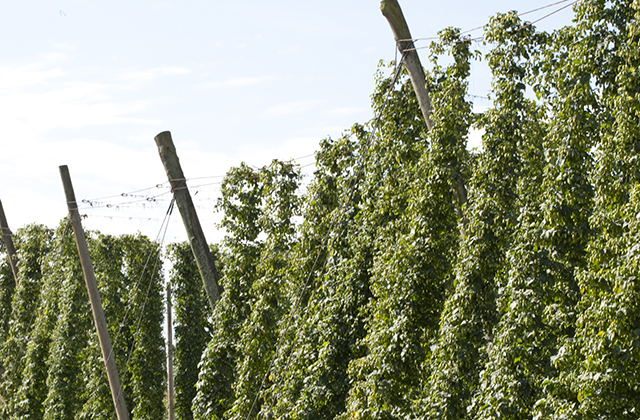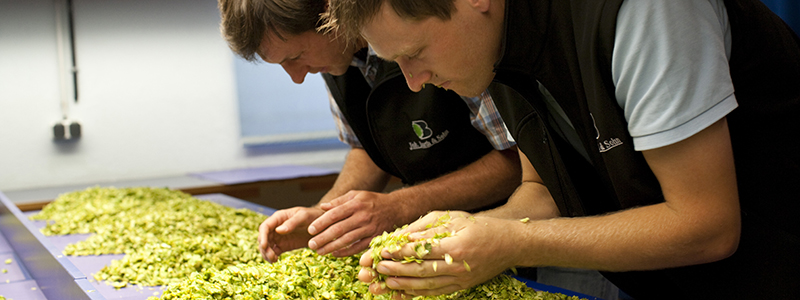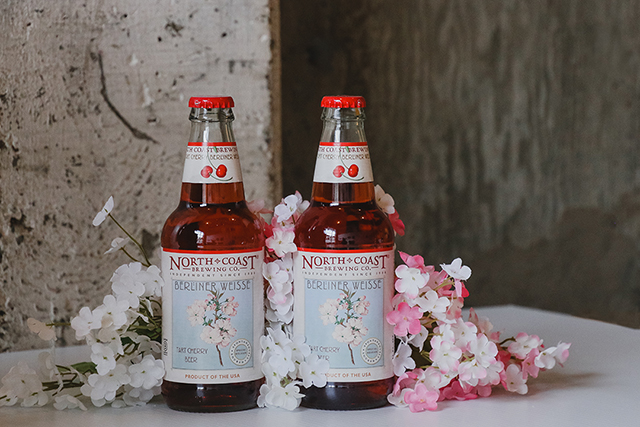
With reports now showing that hop production in the U.S. is still on the rise in acreage and weight, some doubts could be sowed about the overall quality of hops from 2015 being used for beers being produced in 2016.
The Hop Growers of America (HGA) reported in February that production in 2015 rose 11 percent to 78.8 million pounds and more than 6,000 acres were added, up 15 percent.
With more and more breweries signing contracts for hops rather than buying on the spot market, the HGA said that contracts were fulfilled and the only “shortage” that was experienced was breweries looking to buy extra outside its contract.
Multiple European and American news outlets took that information to report that hops were in shortage without digging deeper to see that not as many breweries now buy just “on spot.”
“Essentially, it was a rough year at home and across the globe, however, contracted needs will be met with occasional substitutions for something very similar because of the highly unusual growing season,” said HGA Executive Director Ann George. “We are already planning for and looking forward to 2016 harvest.”
Yet, a quick look at the numbers can’t decipher, though, if the fulfilled hop contracts are getting the same quality.

It’s a similar situation in Europe in terms of yield, but a chart released in December, 2015 by Germany’s Barth-Haas Group reported that average alpha acids among seven hop varieties, including Northern Brewer, Saphir and Hallertauer show estimated alpha acids down across the board.
The HGA reported in November that while some new and proprietary varieties are expected to be tight due to growing popularity and limited production, it appears that the major 2015 world crop decrease is in high alpha bittering hops.
The downturn in alpha acid numbers (down to an average of 10.6 percent in 2015 from 11 percent in 2014) also is in part because of the demand for more aroma hops according to the HGA.
“A switch over to aroma varieties means lower yields — although still good — but not ultra efficient as high alpha hops means more acres are needed to get same volume,” The Brewer Magazine was told in an email from Jaki Brophy, the HGA’s communications director.
Alex Barth, a managing partner at Barth-Haas who lives in the U.S. and deals with American varieties, said that there has been a great shift in what brewers want, even abroad, saying that about two-thirds of European-made craft beers uses American varieties.
“In about 2008 we had about 70 percent of crops as high alpha bittering varieties, and it’s now only about 30 percent and declining,” he said “It’s flipped completely in the last 10 years or so from flavor to aroma.”
Barth said of course there is going to be shortages in certain areas, but his companies, and every other hops producer to try to make sure the proper supply is there. Not always a perfect scenario when dealing with a major factor like Mother Nature. He used Centennial as an example.
“Centennial did not have the best yield last year but the industry is making efforts to make sure that variety is not in under supply,” he said. “We are still dealing with a crop where weather does play a major role so from a structural point of view, I hope we can supply these things, but it’s still a question of what the weather will do.”
Pictures courtesy Kreklau/Barth.






Be the first to comment